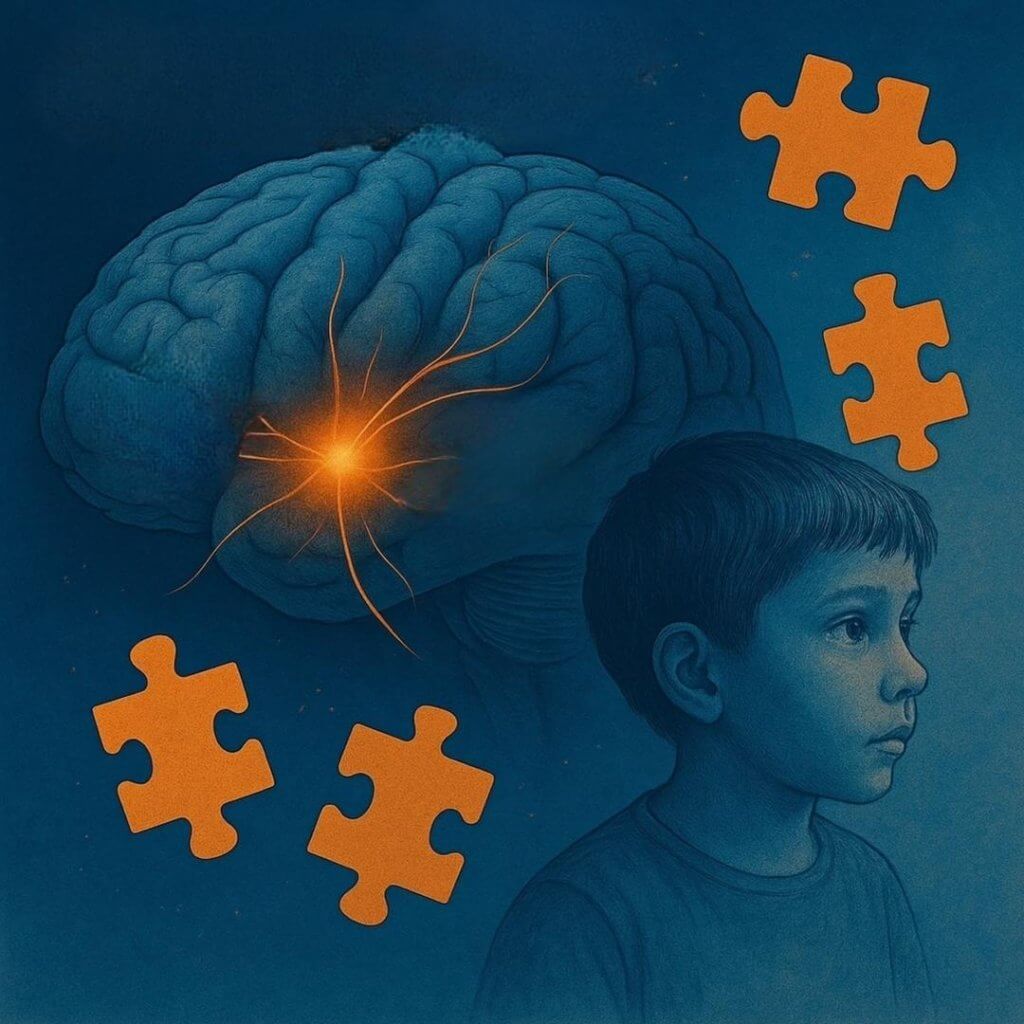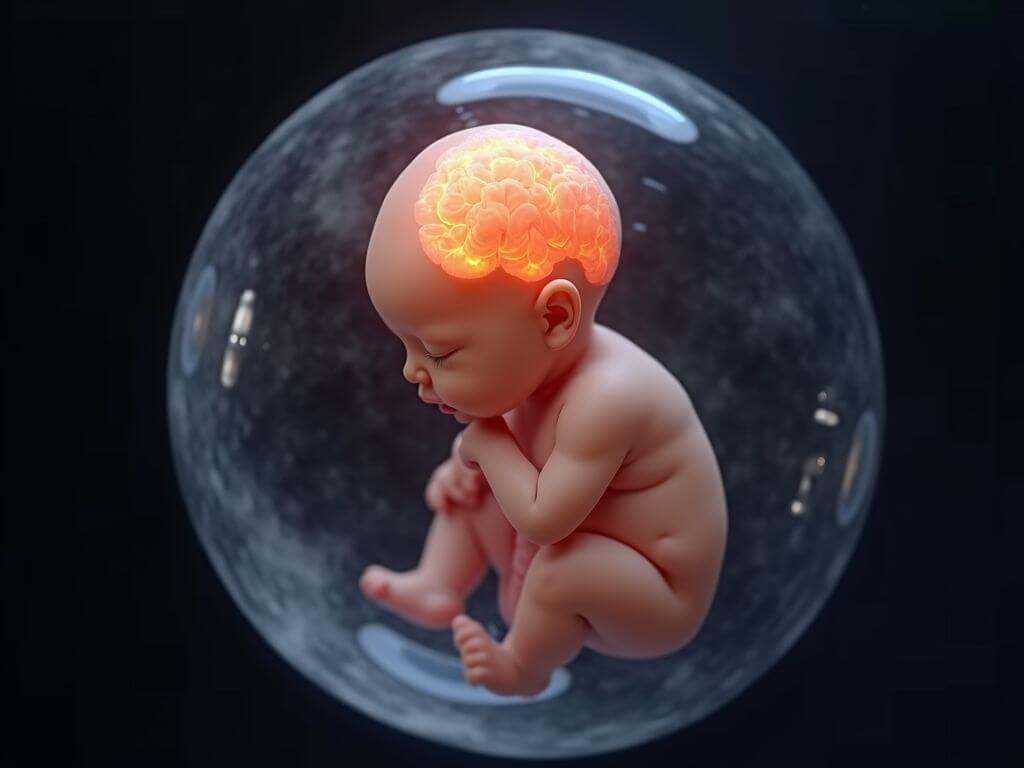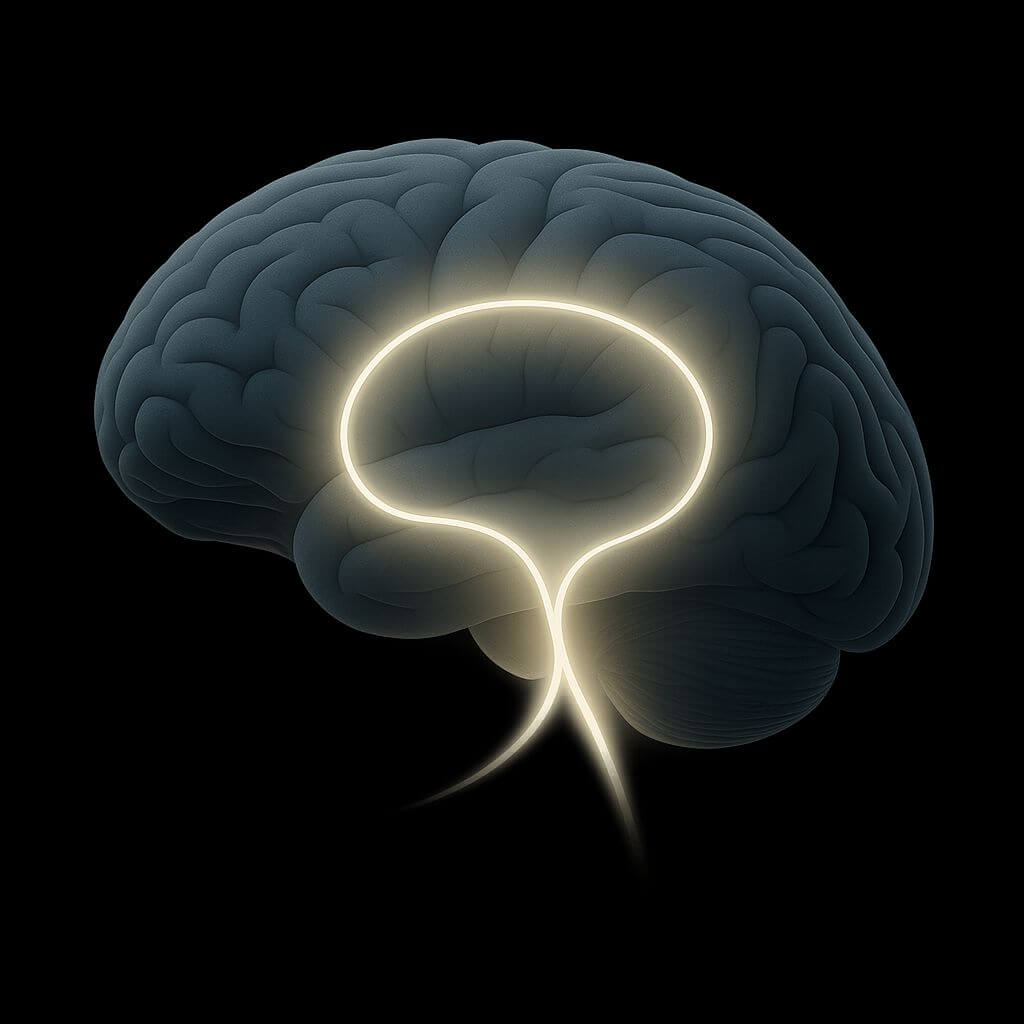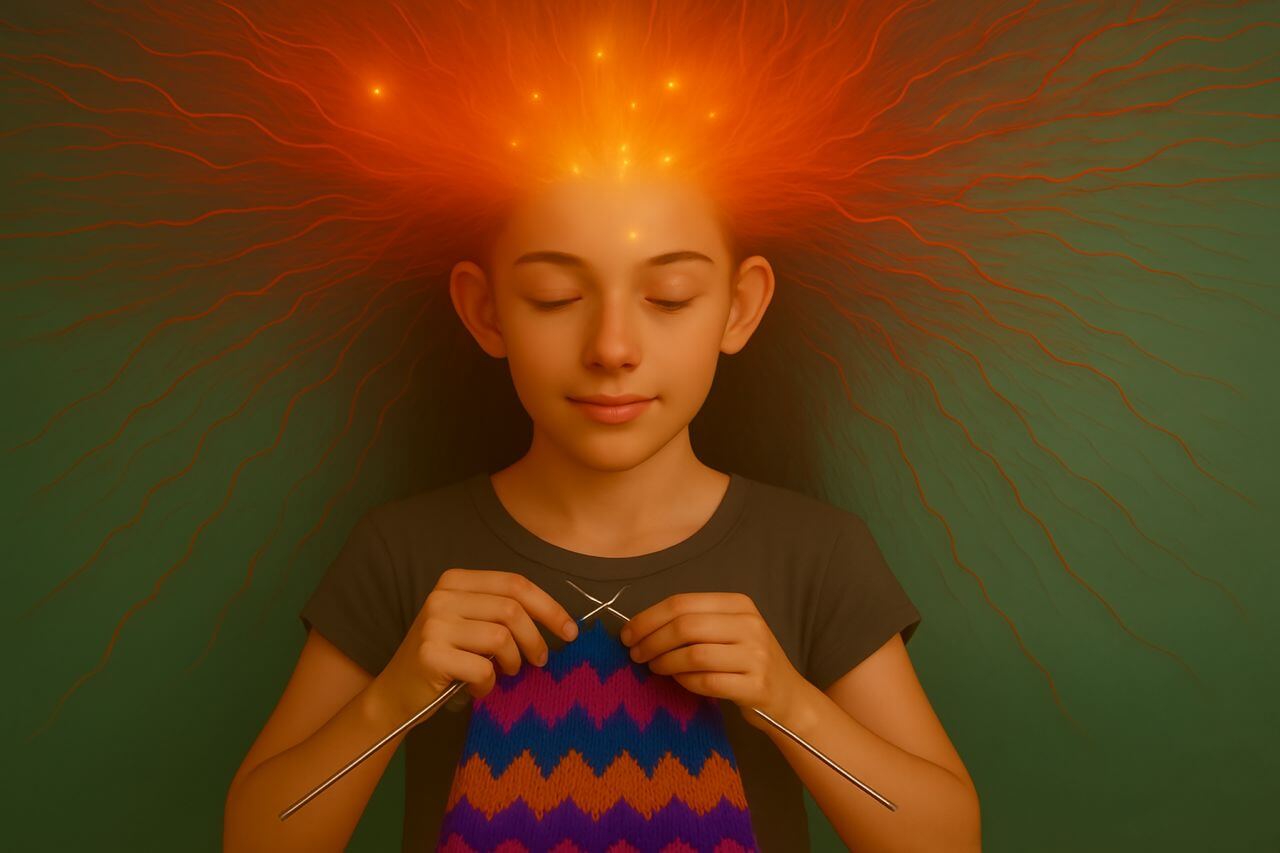
What Dopamine Reveals About Autism
For decades, the complex nature of autism has captivated researchers, clinicians, and families seeking answers about its origins. Despite tremendous advances in our understanding, a fundamental question has remained elusive: what precisely happens in the earliest stages of brain development that leads to autism spectrum disorder?
A groundbreaking study published in 2024 in Biological Psychiatry has revealed a compelling new perspectiveone that centers on dopamine, a neurotransmitter traditionally associated with pleasure and reward. This discovery suggests that dopamine plays a critical but previously unrecognized role in shaping the developing brain, potentially establishing the neurobiological foundation for autism long before birth.
This isn’t just another incremental finding in the field of neuroscience. For families living with autism, it represents something profound: a deeper understanding of how and why these neurological differences emerge, and potentially, a pathway toward more effective supports and interventions.
The Hidden Role of Dopamine in Brain Development
Beyond the “Happiness Chemical”

Most people recognize dopamine as the brain’s “reward chemical” the substance that creates feelings of pleasure when we accomplish goals or enjoy experiences. However, this new research reveals a far more fundamental role that has been hiding in plain sight: dopamine functions as a master architect of the developing brain.
During prenatal development, dopamine helps establish the intricate neural pathways that will eventually support social interaction, sensory processing, and emotional regulation all areas frequently affected in autism. When dopamine signaling is disrupted during critical periods of fetal brain development, these neural circuits may form differently, potentially establishing the biological foundation for autism spectrum disorder.
The Brain’s Earliest Building Phase
The fetal brain undergoes an extraordinary construction process billions of neurons form, migrate to their proper locations, and establish connections with remarkable precision. This process depends on complex chemical signaling, with dopamine playing a previously underappreciated role as conductor of this neural orchestra.
The research suggests that balanced dopamine levels during pregnancy help ensure that neural circuits develop properly, particularly those involved in social cognition and sensory processing. When this balance is disturbed, these circuits may develop atypically, potentially setting the stage for autism spectrum disorder.
Research Findings: A Window Into Autism’s Origins
Innovative Study Approach

To investigate dopamine’s developmental role, researchers led by Dr. Zhao Liu from the neuroscience department at a major research institution created a sophisticated model using genetically modified mice with altered dopamine signaling during prenatal development. This approach allowed them to observe how changes in dopamine function during pregnancy affected brain development and behavior.
The brilliance of this study lies in its temporal precision the researchers specifically targeted dopamine disruption during developmental windows that correspond to critical periods of human brain development in the second trimester, when many autism-associated brain structures are forming.
What They Discovered
Brain Architecture Changes
Using advanced imaging techniques, the researchers observed significant differences in brain connectivity, particularly between:
- The prefrontal cortex, critical for social cognition and decision-making
- The amygdala, essential for processing emotions and social signals
- Sensory processing regions that filter and organize environmental information
These connections showed reduced strength and organization, creating a pattern of connectivity that mirrors what brain imaging studies have found in humans with autism.
Behavioral Patterns
As the mice matured, they displayed behaviors remarkably similar to those seen in human autism:
- Reduced interest in social interaction
- Heightened sensitivity to sensory stimuli
- Repetitive behaviors and resistance to change
- Altered communication patterns
Most striking was how these behaviors emerged naturally from early dopamine disruption suggesting a direct developmental pathway from prenatal dopamine imbalance to autism-like characteristics.
Genetic Activity Shifts
The research team examined gene expression, finding significant changes in genes that:
- Guide the formation of synapses (connection points between neurons)
- Regulate the balance between excitatory and inhibitory brain activity
- Support neuronal migration during development
These molecular findings strengthened the connection between dopamine signaling and the broader genetic landscape associated with autism.
Why This Matters: Practical Implications
For Families Living with Autism

For parents and individuals on the autism spectrum, this research offers valuable perspective:
The findings reinforce that autism begins before birth through biological processes not from parenting approaches or childhood experiences. This scientific validation helps reduce unfounded guilt that some parents experience.
As noted by Dr. Chen, one of the senior neurobiologists on the research team, “Understanding that these differences begin so early in development helps us see autism not as something that went wrong, but as a different developmental path established from the beginning.”
The research also offers hope for earlier identification and potentially more effective supports. If certain prenatal markers could identify increased likelihood of autism, supportive interventions could begin much earlier perhaps even before birth.
For Healthcare Providers
For clinicians working with autism and related neurodevelopmental conditions, these findings offer several valuable insights:
The dopamine connection may help explain why individuals with autism often experience co-occurring conditions, including ADHD. The overlap between these conditions, as explored in detailed clinical assessments, reveals shared neurobiological mechanisms that can guide more integrated treatment approaches.
This understanding also highlights why certain existing treatments that affect dopamine sometimes help with specific autism symptoms. This could lead to more targeted pharmaceutical approaches that address the underlying neurobiological differences.
Furthermore, early intervention programs might be redesigned to specifically support the development of neural circuits affected by prenatal dopamine disruption, potentially including:
- Social engagement activities that strengthen prefrontal-amygdala connections
- Sensory integration approaches based on the specific patterns of sensory circuit development
- Communication supports aligned with the underlying neurobiological differences
The Connection to ADHD and Other Neurodevelopmental Conditions
Shared Neurobiological Mechanisms
The discovery of dopamine’s role in autism development has significant implications for understanding other neurodevelopmental conditions, particularly ADHD. Both conditions involve alterations in dopamine signaling and affect many of the same brain regions.
Many individuals experience both autism and ADHD simultaneously. This co-occurrence makes sense when we consider that both conditions may stem from related alterations in early brain development, particularly in dopamine-sensitive neural circuits.
The research team, which included developmental neurologists and psychiatric specialists, noted that these findings could explain why individuals with one neurodevelopmental condition are more likely to show symptoms of others they may share common underlying mechanisms related to early dopamine signaling.
Emotional Regulation Challenges
Both autism and ADHD often involve challenges with emotional regulation. In ADHD, these difficulties may manifest as rejection sensitive dysphoria (RSD) an extreme emotional sensitivity to perceived criticism or rejection. This intensified emotional experience relates to differences in how the limbic system (the brain’s emotional center) processes social feedback a system heavily influenced by dopamine.
Similarly, individuals with autism often experience emotional dysregulation, particularly in response to sensory overload or disruptions to predictability. Understanding how early dopamine disruption affects both cognitive and emotional neural circuits helps explain these shared challenges.
Different Presentations Across the Lifespan

While the biological foundations of autism and ADHD are established prenatally, their manifestations change throughout development. Children with these conditions often present differently than adults, and presentations can vary significantly between males and females.
For instance, ADHD in women often goes undiagnosed because their symptoms may not match the stereotypical hyperactive behaviors associated with the condition. Instead, women may experience chronic disorganization, emotional dysregulation, and overwhelm symptoms that may be misdiagnosed as anxiety or depression.
Similarly, autism in women and girls often appears different than in males, with stronger social motivation and different patterns of restricted interests often leading to delayed or missed diagnosis.
Looking Forward: From Discovery to Action
Early Identification
The most revolutionary aspect of this research is its potential for earlier identification. By understanding the prenatal origins of autism, researchers may develop screening tools that could identify increased likelihood of autism before symptoms emerge. Possibilities include:
- Screening for dopamine-related biomarkers in high-risk pregnancies
- Genetic testing for variants affecting dopamine signaling
- Post-birth neuroimaging to assess the development of specific neural circuits
Dr. Wang, the study’s lead imaging specialist, suggests that “within a decade, we might be able to identify prenatal markers that indicate altered dopamine signaling, potentially enabling much earlier intervention.”
Personalized Interventions
This deeper understanding of autism’s neurobiology opens the door to more personalized interventions that address the specific neural circuits affected in each individual. These tailored approaches could include:
- Targeted behavioral therapies that strengthen specific neural pathways
- Pharmacological approaches that address specific aspects of dopamine signaling
- Environmental modifications that support sensory processing and reduce stress
Integrated Care Models
The complex neurobiological foundations of autism and related conditions highlight the importance of integrated care models. Comprehensive, multidisciplinary approaches that address both physical and mental health needs are essential for supporting individuals with neurodevelopmental conditions.
For example, specialized clinics that bring together psychiatry, psychology, and medical specialties can provide more holistic care. This integrated approach recognizes that neurodevelopmental conditions affect multiple body systems and often co-occur with other health challenges, similar to the specialized collaborative care models being developed for complex conditions.
Special Considerations in Diagnosis and Treatment
Diagnosing Across Different Populations
The complexity of autism diagnosis increases when considering diverse populations with unique needs. For example, deaf individuals present particular challenges in assessment, as some behaviors associated with autism may be mistaken for communication barriers related to hearing loss.
Similarly, older adults with autism may have developed effective masking strategies over decades, making their autism less immediately apparent. Understanding the dopamine connection could help develop more accurate diagnostic approaches that account for these variations.
The Importance of Early Support
While prenatal factors establish the foundation for autism, early intervention remains crucial. Comprehensive assessment and support during childhood can significantly improve outcomes by helping strengthen connections in still-developing neural circuits.
Research continues to demonstrate that the brain remains remarkably plastic in early life, offering opportunities to influence developmental trajectories even after birth. This understanding reinforces the importance of early detection and appropriate supports.
Conclusion: A New Chapter in Understanding Autism
This groundbreaking research marks a pivotal moment in autism science one that connects prenatal development, brain circuitry, and the lived experience of autism. By illuminating dopamine’s crucial role in shaping the developing brain, it offers both a deeper understanding of why autism occurs and potential new pathways for support and intervention.
For families, clinicians, and researchers alike, this work provides something invaluable: a coherent explanation of autism’s origins that makes sense of its complexities and points toward more effective, biologically-informed approaches.
While much work remains to translate these findings into practical applications, the dopamine discovery represents a genuine breakthrough in our understanding of autism one that may ultimately transform how we identify, support, and embrace neurodiversity in all its forms.
Research Source
Liu, X., Wang, Y., Chen, R., et al. (2024). Dopaminergic Signaling During Embryonic Development Alters Cortical Connectivity and Social Behavior: Implications for Autism Spectrum Disorder. Biological Psychiatry, Elsevier.



